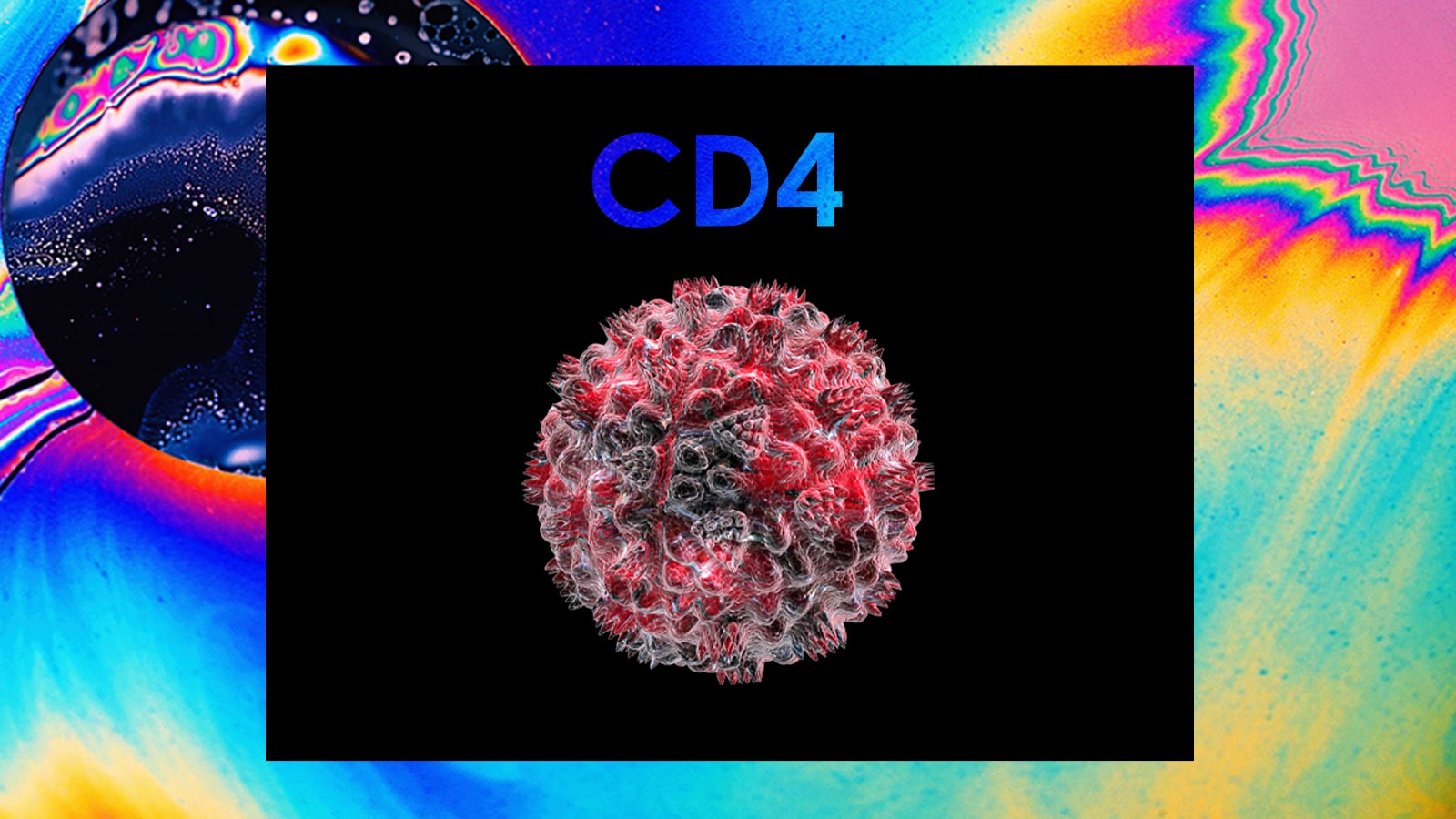What is a viral load?
An HIV viral load test measures the number of HIV particles in a milliliter (mL) of blood. These particles are also known as “copies.” The test assesses the progression of HIV in the body. It’s also useful in seeing how well a person’s HIV therapy is controlling HIV in their body.
A high viral load may indicate a recent HIV transmission, or HIV that’s untreated or uncontrolled. Viral loads are generally highest for a period right after contracting HIV. They decrease as the body’s immune system fights against HIV, but then increase again over time as CD4 cells die off. A viral load can include millions of copies per mL of blood, especially when the virus is first contracted.
A low viral load indicates relatively few copies of HIV in the blood. If an HIV treatment plan is effective, a person will be able to maintain a lower viral load.
What’s the relationship between the two?
There’s no direct relationship between CD4 count and viral load. However, in general, a high CD4 count and a low — or undetectable — viral load are desirable. The higher the CD4 count, the healthier the immune system. The lower the viral load, the likelier it is that HIV therapy is working.
When HIV invades healthy CD4 cells, the virus turns them into factories to make new copies of HIV before destroying them. When HIV remains untreated, the CD4 count decreases and the viral load increases.
Why is it important to get tested regularly?
A single CD4 or viral load test result only represents a snapshot in time. It’s important to track both of these and consider trends in test results rather than only looking at individual test results.
Keep in mind that these values may vary for many reasons, even throughout the day. The time of day, any illnesses, and recent vaccinations can all affect CD4 count and viral load. Unless the CD4 count is very low, this fluctuation isn’t usually worrisome.
Regular viral load tests, not CD4 counts, are used to determine the effectiveness of a person’s HIV therapy. When a person begins HIV therapy, a healthcare provider will want to see how well HIV is responding in their body. The goal of HIV therapy is to reduce or suppress the viral load to an undetectable level.
Blips
Some people may experience blips. These are temporary, oftentimes small increases in viral load. A healthcare provider will monitor the viral load more closely to see if it returns to an undetectable level without any change in therapy.
Drug resistance
Another reason for regular viral load tests is to monitor any drug resistance to the prescribed HIV therapy. Maintaining a low viral load reduces the risk of developing resistance to the therapy. A healthcare provider can use viral load tests to make necessary changes to a person’s HIV therapy regimen.
Why is HIV therapy so important?
HIV therapy is also called antiretroviral therapy or highly active antiretroviral therapy (HAART). It consists of a combination of antiretroviral drugs. They’re designed to keep the virus from spreading throughout your body by targeting different proteins or mechanisms the virus uses to replicate.
Antiretroviral therapy can make the viral load so low that it can’t be detected by a test. This is called an undetectable viral load. If a person is virally suppressed or has an undetectable viral load, their HIV is under control.
Starting HIV therapy as soon as an HIV diagnosis is received allows a person to live a long, healthy life. Current treatment guidelines from the U.S. Department of Health and Human Services recommend that a person living with HIV begin antiretroviral drugs as soon as possible after diagnosis. This is essential to reducing opportunistic infections and preventing complications from HIV.
Another benefit to getting HIV under control and having an undetectable viral load is that it helps prevent the transmission of HIV to others. This is also known as “treatment as prevention.” According to the Centers for Disease Control and Prevention, people with HIV who take their prescribed medications and maintain an undetectable viral load have “effectively no risk” of transmitting HIV to people without it.
What’s the outlook for people with HIV?
No matter the stage of HIV, there are advantages to keeping track of these numbers. HIV treatment has come a long way in recent years. Following a recommended treatment plan and leading a healthy lifestyle can help a person keep their CD4 count high and their viral load low.
Early treatment and effective monitoring can help a person manage their condition, reduce their risk of complications, and live a long and healthy life.
WHERE CAN I GET CD4 COUNT AND HIV VIRAL LOAD TEST?
 Thailand
Thailand
PULSE Clinic Silom Bangkok info.silom@pulse-clinic.com 
PULSE Clinic Nana Bangkok info.nana@pulse-clinic.com 
PULSE Clinic Patong Beach, Phuket info.phuket@pulse-clinic.com 
PULSE Clinic Sukhumvit 37, Bangkok (Open March 2021)
PULSE Clinic Airport Link Phayathai, Bangkok (Open April 2021)
EU Clinic – Executive Health Asoke, Bangkok (Coming soon)
EU Clinic – Executive Health Ploenchit, Bangkok (Coming soon)
 Malaysia
Malaysia
PULSE Clinic Bukit Bintang, Kuala Lumpur info.kl@pulse-clinic.com  +601165388678
+601165388678
PULSE Clinic Bangsar, Kuala Lumpur info.kl@pulse-clinic.com +601165388678
+601165388678
 Hong Kong
Hong Kong
PULSE Clinic Central, Hong Kong info.hk@pulse-clinic.com 
 Singapore
Singapore
Actions For AIDS Anonymous Test Site, Singapore
PULSE Clinic Tanjong Pagar, Singapore info.sg@pulse-clinic.com  Tel: +65 6974 5919
Tel: +65 6974 5919
Other Countries Without PULSE CLINICS and EU Clinic, contact #BuyPrEPonline








